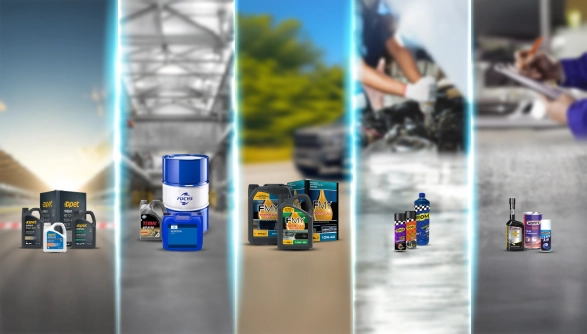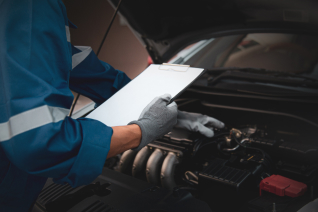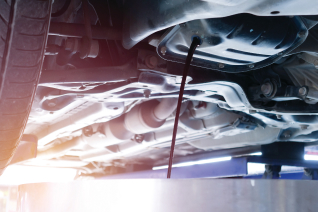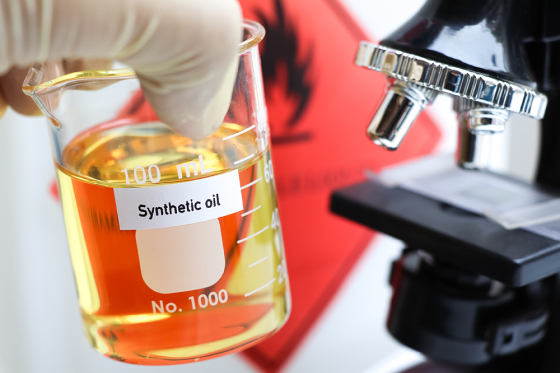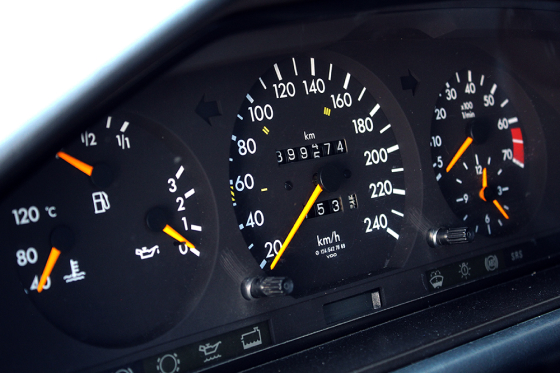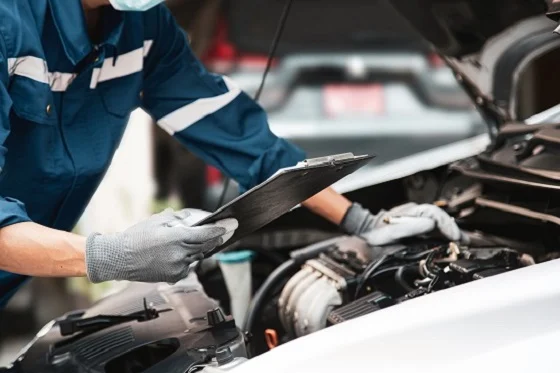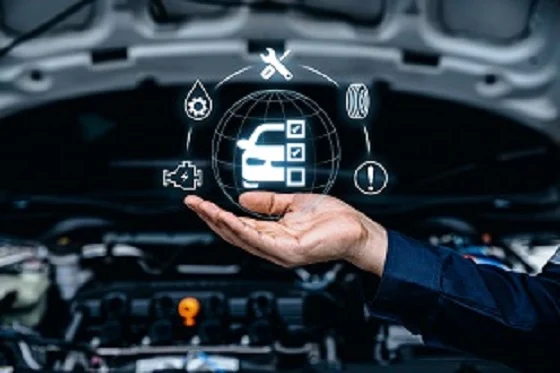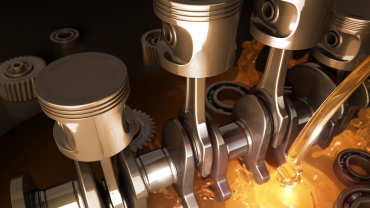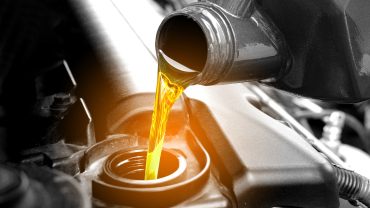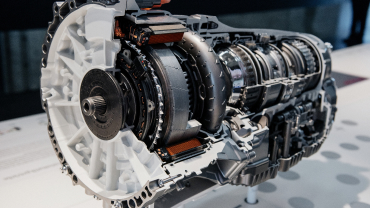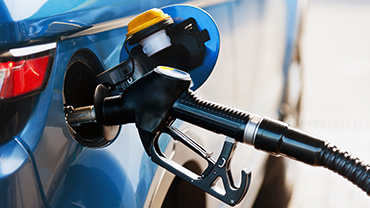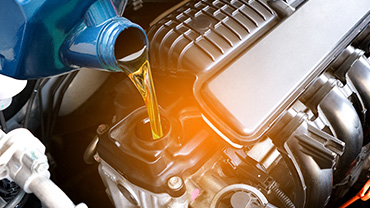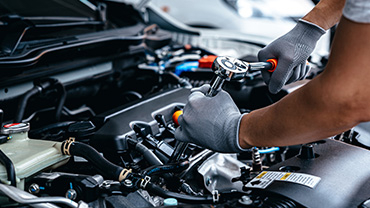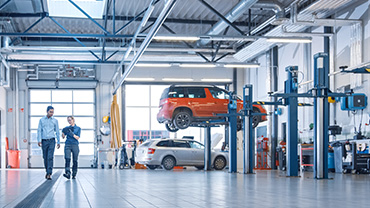How to Check Engine Lubricant of Your Vehicle?


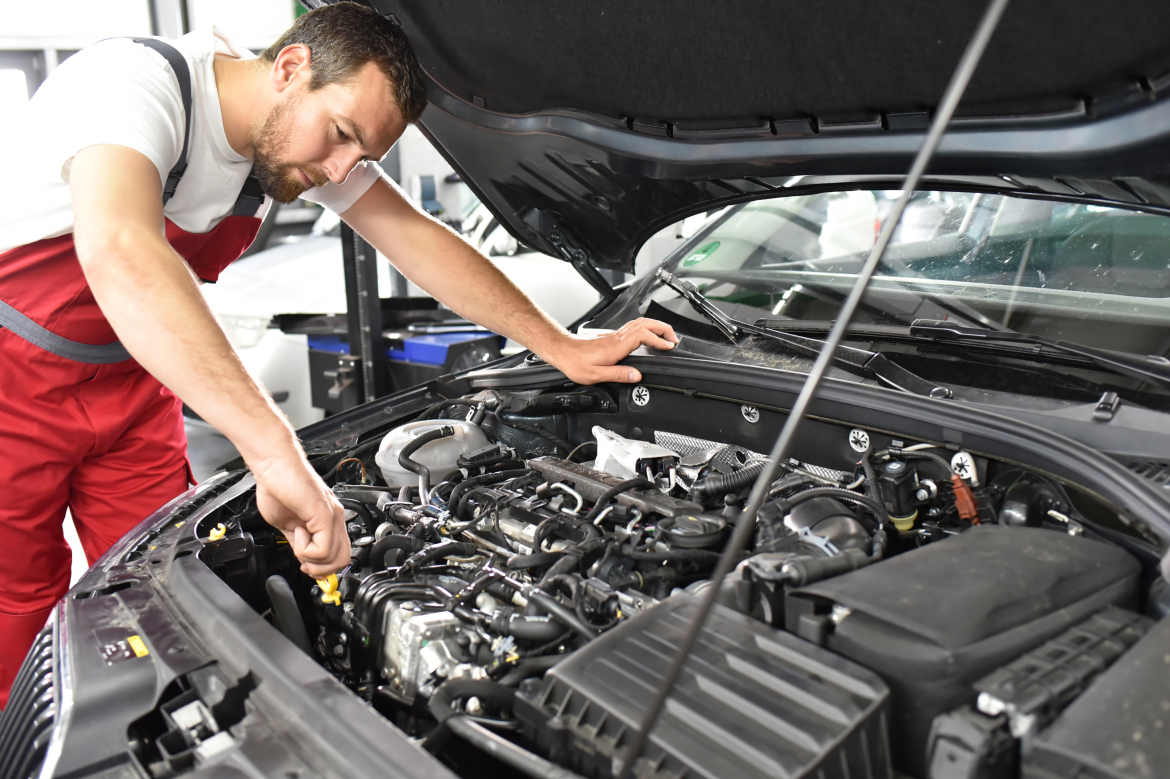
One of the most vital components of a vehicle is engine lubricant. It is crucial to check the engine lubricant level regularly to ensure that the engine runs smoothly and efficiently. Insufficient lubricant level results in engine overheating and may cause severe damages. So, how to check vehicle engine lubricant and when to check it? In this article, you will find a step-by-step guidance on how to check the engine lubricant.
Why is Engine Lubricant Check Important?
Engine lubricant keeps the components inside the engine working smoothly and reduces friction. This extends the engine lifespan and allows it to run more efficiently. Over time, engine lubricant can become contaminated or reduces for various reasons. Contaminated or reduced lubricant decreases the efficiency of the engine and can lead to serious problems. Thus, regular engine lubricant checks play a critical role in keeping your vehicle running smoothly.
How to Check Engine Lubricant?
Vehicle owners often wonder about how to check engine lubricant. In fact, it is a very simple maintenance process that anyone can handle. Using the engine lubricant dipstick, this check consists of a few simple steps:
Step 1: Park the Vehicle on Level Ground and Cool Down the Engine
It is important to park the vehicle on level ground before checking the engine lubricant. It is also necessary to wait for the engine to cool down since checking the lubricant when the engine is hot may give misleading results.
Step 2: Open the Engine Hood
Open the vehicle's engine hood to gain access to the engine interior. Remember to use the bonnet latch to keep the hood securely open.
Step 3: Remove Engine Lubricant Dipstick
The engine lubricant dipstick is located at the front of the engine, usually within easy reach. The dipstick with a yellow ring or handle is used to check the engine lubricant level. Remove the engine lubricant dipstick completely.
Step 4: Clean and Insert the Dipstick
After removing the dipstick, clean it thoroughly with a cloth or paper towel. Then, insert the dipstick and wait a few seconds before removing it again.
Step 5: Check the Lubricant Level
There are usually two marks on the engine lubricant dipstick: one indicates the minimum level and the other indicates the maximum level. The lubricant level should remain between these two marks. If the lubricant level is below the minimum level, you should add lubricant. If it is near the maximum level, there is no need to add lubricant.
When to Check Engine Lubricant?
Apart from the matter of how to check the engine lubricant of the vehicle, another key issue is how often you should check the engine lubricant. In general, it is a good habit to check the engine lubricant level every 1,000 kilometers or monthly. You should also always check the engine lubricant before setting off on a long journey.
Is it necessary to change the engine lubricant?
It is not enough just to check the engine lubricant; it should be changed at regular intervals. It is recommended to change the engine lubricant every 10,000-15,000 km. However, it would be best to follow lubricant change intervals recommended in your vehicle's user manual. Please remember that the quality and level of engine lubricant directly affects the performance of your vehicle.
Considerations for Checking the Lubricant
When checking the engine lubricant, you should consider some important details. First, make sure the engine is cold. Then, make sure you wipe the engine lubricant dipstick with a clean cloth and check the correct level. An incorrect or incomplete check can put your engine at risk.
In conclusion, although the answer to how to check engine lubricant is quite simple, it can be very costly if it is not done regularly. Regularly checking the engine lubricant level of your vehicle ensures the efficient operation of the engine and prevents possible malfunctions. Thus, you should not neglect the engine lubricant controls and you should perform this process at regular intervals.


